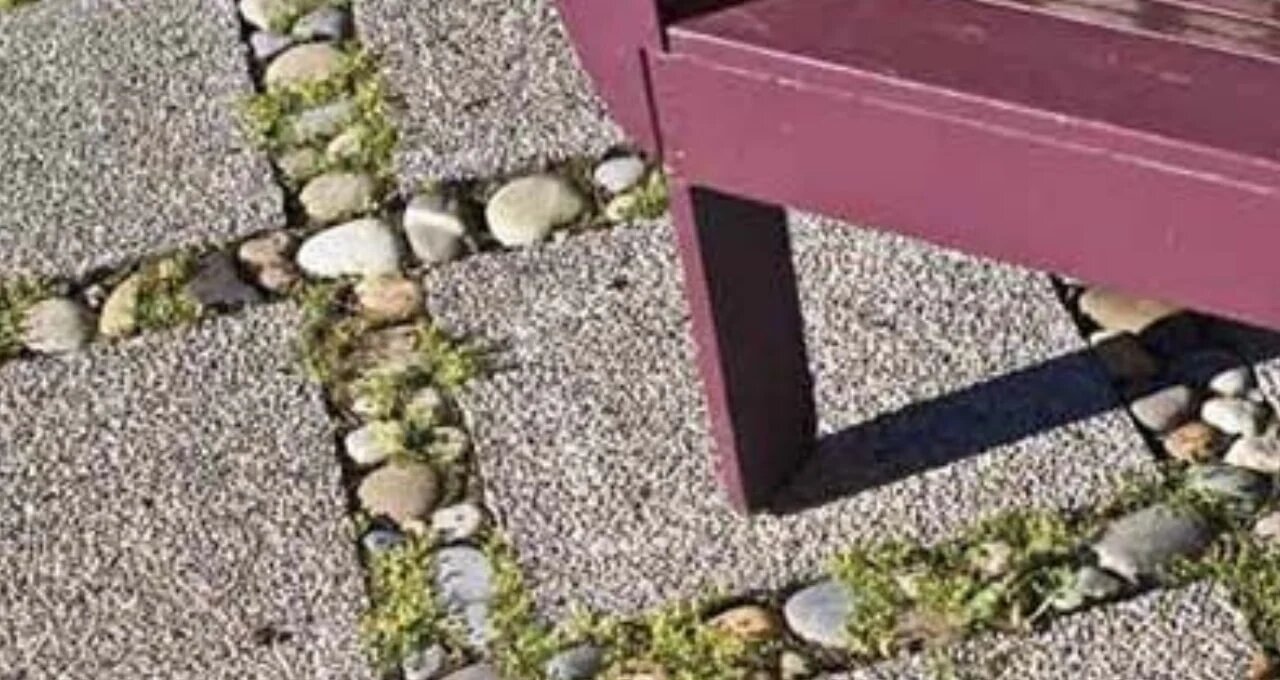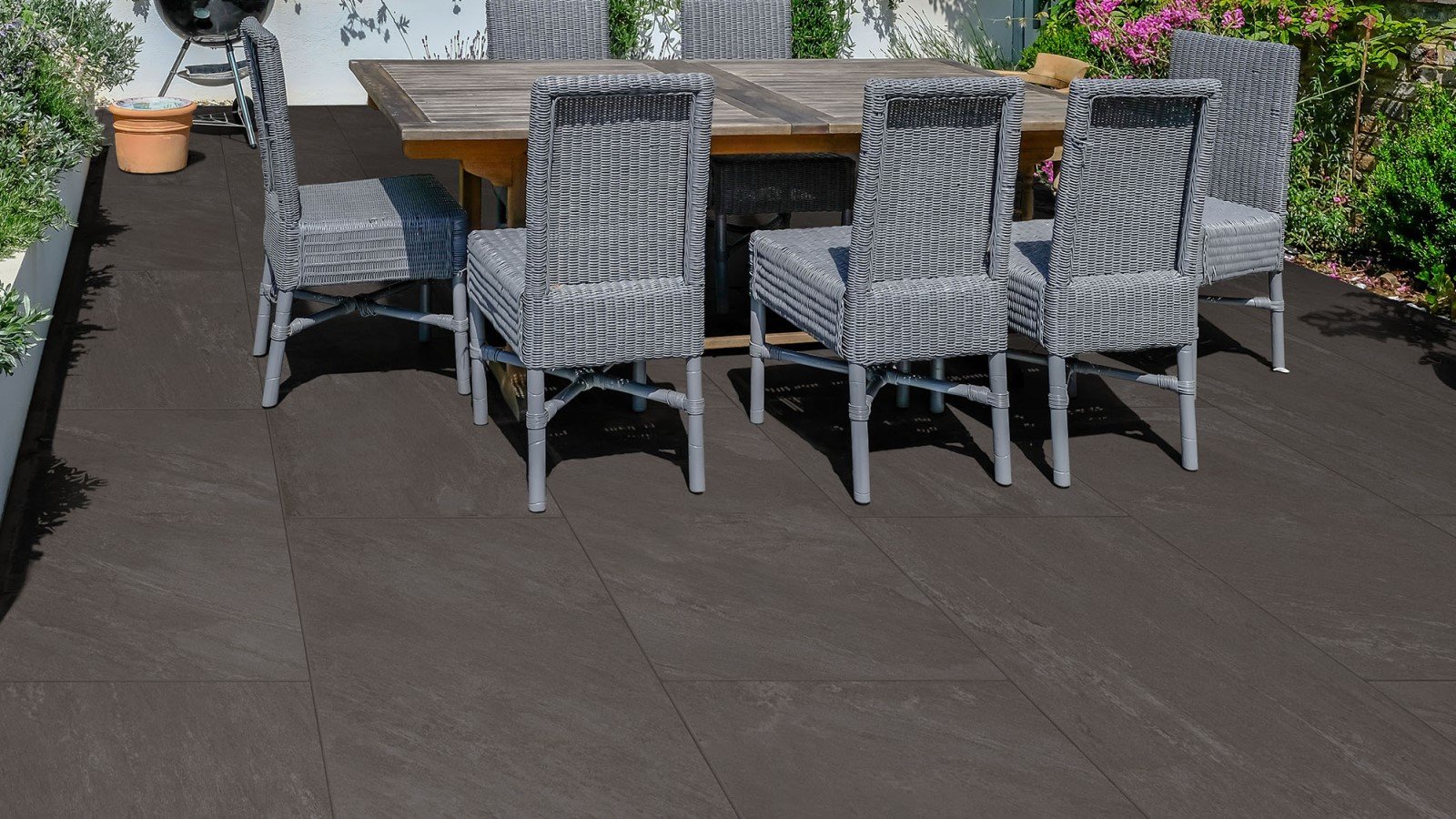Your latest paving project went off without a hitch. Having followed all the advice on how to plan and lay your paving slabs, even going so far as to mixing your own mortar, your outdoor area looks incredibly professional, if you do say so yourself.
And, just as advised, you over-compensated with the paving slab count, just in case of any installation issues. But now you’re left with loads of excess paving slabs; what on earth are you supposed to do with them?
Well, the good news is – there are plenty of ways to use up old paving slabs. From adding neat edging to your lawn to crafting a budget patio, there are more ways to maximise your leftovers than you may realise.
Read on, below, for three ways to make ample use of spare paving slabs.
Make slab edging
You’ll know garden edging as a low-maintenance way to keep your border in order. And while we usually recommend buying separate edging stones, like our rustic rope top stones, to give your garden a neat finish, you can also use up leftover paving slabs if you’re on a tight budget.
To edge a garden bed with pavers, simply mark out your border with a garden hose and dig your trench. You want the depth to be at least half the width of your paving slab (we advise using the same style paving slabs for a consistent look and size).
With your slabs cut to size, you should then flatten and tamp the soil remaining in the trench. Then, add some mortar along your borderline and set a concrete foundation to prevent movement. You can now slot in your slabs (ensuring they sit upright on their side rather than flat). Half of the slab face should be above ground level.
Push the slabs into the mortar/concrete foundation one by one, packing soil back into the trench, and filling to just below the slab edge. Replant any vegetation or add seedlings to your new plant border. That’s all there is to it!
TOP TIP: You might want to consider cutting large slabs in half to ensure you are using up every inch of your materials. Plus, you’ll achieve a tidy, rather than tall, finish. So, if your excess slabs were originally 600x600mm, you would need to cut them in half and then dig approximately 150mm deep into your trench.
Design a cost-cutting patio

Just finished paving your paths and have slabs to spare? It’s time to put them to use in your back garden with our cost-cutting patio method, combining the smoothness of a patio with the vibrancy of vegetation. (Please note that this installation would only be suitable for light-use patios.)
To achieve this hybrid look, simply follow our advice for building a new patio. However, rather than laying the slabs side by side, leave wide spaces (around one-third of your slab’s width) between your old paving slabs. Don’t forget to take these spaces into account when measuring your patio area, as it will affect how many spare paving slabs you need to finish the job.
And if you still have paving slabs leftover after this mini-project? Don’t worry, you can co-ordinate your new grass patio with a matching stepping stone path. Just follow our instructions for how to build one yourself in this helpful guide.
Pond border
The fascinating flora and fauna might be the star attraction of your new pond, but it’s nothing without a neat border to truly finish it off – so you’ll want to make sure it looks pretty.
And while you could spend money on rugged rocks, smooth boulders and all the rest, you could achieve the same attractive finish just by using up your old paving slabs. Sounds good, doesn’t it?
To create a simple pond border using slabs, firstly excavate a flat shelf of soil (around 200-250mm) around the pond. Then, install your pond liner over the excavated space and stack your slabs on top. This hides the liner and keeps it in place. If you need to, curl the excess pond liner over the second to last stone and place the final slab on top to keep the liner secure.
Bear in mind that this garden project will require a lot of paving slabs, due to the recurring stacking. For ease of use and for a neater border, we recommend uniform-sized paving slabs or, if necessary, cut them in half so that there is minimal waste and consistent sizing.
With your list of affordable gardening projects to hand, it’s now your chance to try them for yourself. For more information on the building materials you need, browse the Simply Paving website or, for guidance on next steps, contact a member of the team today.










































